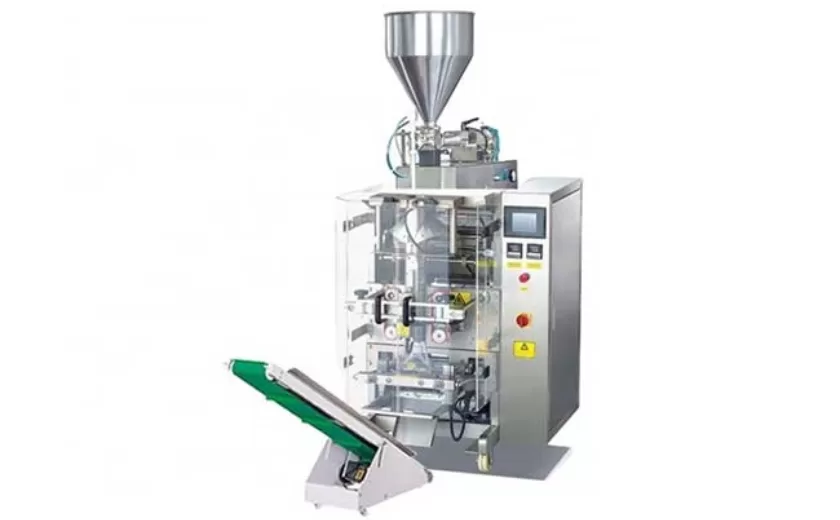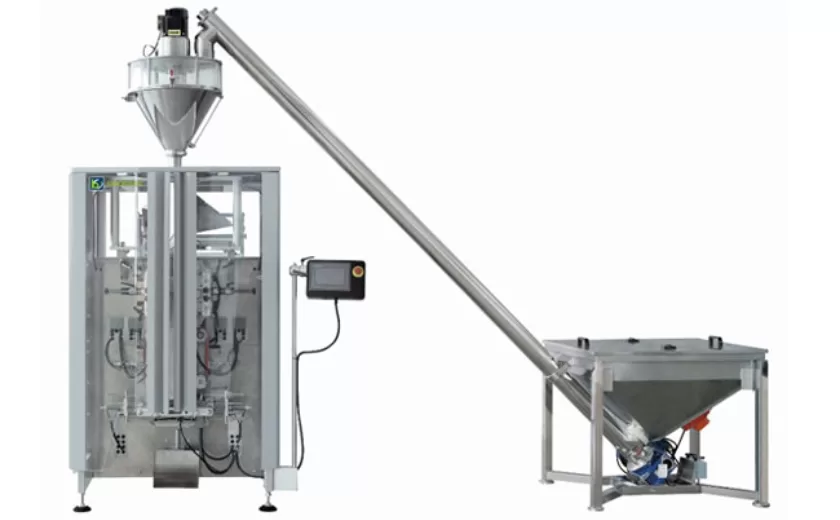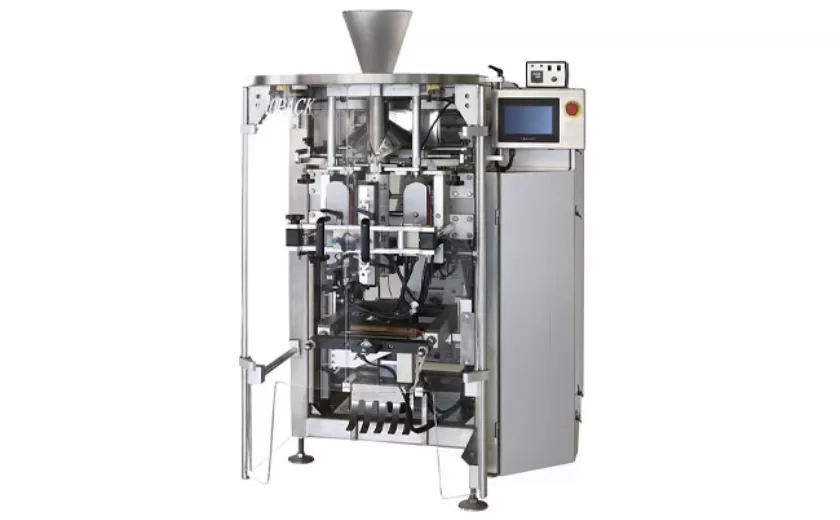The Technology Behind Tomato Paste Packaging Machines Explained
Tomato paste, a staple in many kitchens worldwide, is a concentrated paste made from tomatoes. The production and packaging of tomato paste require specialized machinery to ensure efficiency and maintain product quality.
Filling and Sealing Technology
The filling process involves transferring tomato paste into pre-formed containers. Machines use precision-controlled nozzles to dispense the paste accurately, preventing overfilling and spillage. The sealing mechanism employs heat or adhesives to seal the containers securely, ensuring product freshness and preventing leakage.
Container Forming
Packaging machines often incorporate container forming capabilities. Plastic or laminated films are shaped into the desired container form, such as pouches or tubes, using heat sealing or mechanical forming methods. This process eliminates the need for pre-formed containers, reducing waste and allowing for customized container sizes and shapes.
Coding and Labeling
To meet regulatory requirements and provide product information, tomato paste packaging machines integrate coding and labeling systems. These systems print date codes, batch numbers, ingredients lists, and other essential details onto the containers using inkjet, thermal transfer, or laser marking technologies.
Quality Control and Inspection
To ensure product quality and safety, packaging machines employ various quality control measures. Sensors monitor fill levels, detect container defects, and reject non-conforming packages. Cameras and vision systems perform inspections for proper labeling, coding accuracy, and container integrity.
Automation and Control
Modern tomato paste packaging machines are highly automated, reducing the need for manual intervention. Automated control systems manage the entire packaging process, including filling, sealing, coding, and quality control. This automation improves efficiency, consistency, and overall productivity.
Hygienic Design and Sanitation
Food safety is paramount in tomato paste packaging. Machines are designed with hygienic materials and surfaces to prevent contamination. They feature easy-to-clean components, sanitary seals, and automated cleaning systems to ensure the highest levels of hygiene throughout the packaging process.
Sustainability Considerations
Manufacturers are increasingly incorporating sustainable practices into the design of tomato paste packaging machines. Machines use energy-efficient technologies, recycle packaging materials, and minimize waste. Some machines even employ biodegradable or compostable packaging materials to reduce environmental impact.
The technology behind tomato paste packaging machines encompasses a range of advanced processes and systems. From filling and sealing to quality control and automation, these machines play a crucial role in producing safe, high-quality tomato paste while ensuring efficiency and sustainability.
-
Advanced Packing Solutions: Snacks, Sugar, and Frozen Food Machines
29-10-2025 -
Efficient and Reliable Solutions for Salt, Nuts, and Frozen Dumplings Packing
29-10-2025 -
High-Performance Biscuits, Lollipop, and Ketchup Packing Machines for Modern Food Production
29-10-2025 -
Efficient Liquid Filling and Packing Machines for Modern Production
23-10-2025 -
Reliable Granule Packaging Machines for Efficient Production
23-10-2025 -
Efficient Auger Powder Filling Machines for Accurate Packaging
23-10-2025 -
High-Performance Liquid Filling and Packing Machines for Hygienic Production
10-10-2025 -
High-Efficiency Granule Packaging Machines for Precision and Speed
10-10-2025 -
High-Precision Auger Type Powder Filling Machines for Efficient Packaging
10-10-2025 -
Efficient Vertical Form Fill Seal Packaging Machines for Smart Production
10-10-2025











